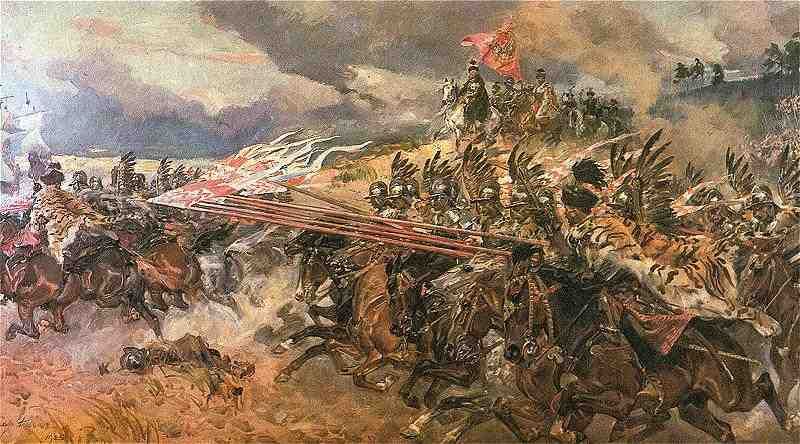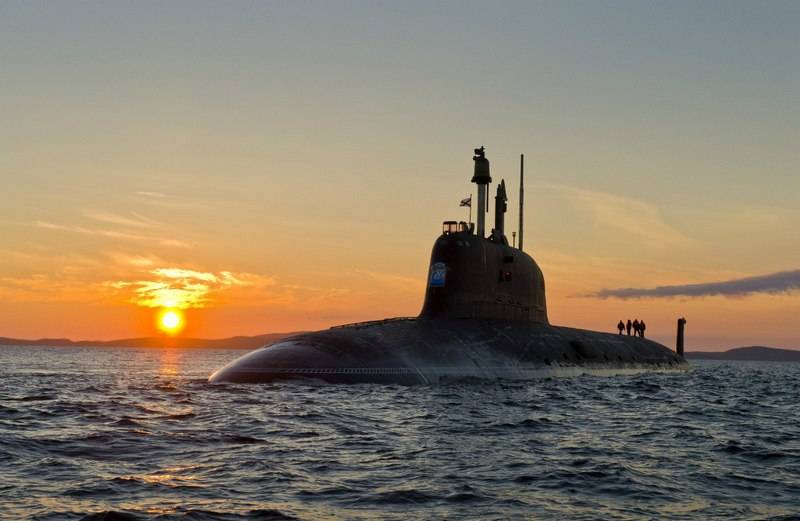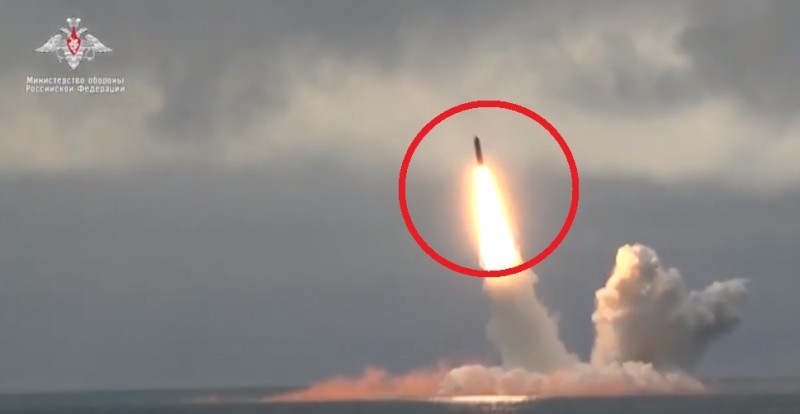
Battle of Kircholm – one of the largest battles of the Polish-Swedish War 1600 – 1611 years, happened 27 September, 1605 of the year. Predestined outcome of the battle a decisive blow to the Polish-Lithuanian cavalry, winged hussars. The battle ended in a decisive victory of the Polish-Lithuanian forces and was remembered as one of the greatest triumphs of the cavalry Rzeczpospolita.
The main reason for the battle was undertaken by the Swedish siege of Riga 23 September 1605 of the year. Its capture would allow almost unimpeded Swedes take Livonia entirely.
Hetman Chodkiewicz collected Commonwealth troops in the camp at Dorpat and in the morning 25 September brought their forced march to Riga. The two-day 80-kilometer march ended in the evening 26 September near Kirgholma was itself unprecedented for the army, which included infantry, artillery, forced to move around the impassable forest roads.
The Swedish king, learning 26 September about the approach of the Polish-Lithuanian army, single-handedly, disregarding the opinion of the Swedish generals, He brought on the night 27 September most of his army towards Chodkiewicz, leaving at Riga only a small force to maintain the siege. celebrated, that heavy rain the night has exhausted the Swedish army on the march.
27 September 1605 , the Polish-Lithuanian and Swedish troops met near the small town of Kirgholm (now Salaspils in Latvia, about 18 km south-east of Riga).
Chodkiewicz, having a smaller force, used deceptive maneuver, to entice the Swedes with their high position. The battle began with the attacks of the Polish-Lithuanian cavalry under the command of Dubrovy on the Swedish left flank, with further feigned retreat. Swedes decided, that the enemy began to retreat and rushed in pursuit of his cavalry, destroying system.
It was part of the plans Chodkiewicz, Rzeczpospolita infantry opened fire, Swedes causing certain losses, then Hussars quickly regrouped and headed Swedish battle formations. Swedish musketeers were able to make only one salvo, then approximately 300 Hussar of Vincent Wars Company penetrated the center of the combat orders of the Swedish infantry, pinning down the main forces.
At this time Dubrovy hussars counterattacked, throwing cavalry Charles for his own flank Corps, part of the royal cavalry to flight, in pursuit of her rushed lightly armed cavalrymen. The left wing of the Swedes were defeated, on the right wing Hussars Sapieha clashed. Karl frightened, and he threw it on the right wing of all its reserves, vkljuchaja cavalryman, It was a critical moment. Chodkiewicz realized, that the Swedes did not remain fresh troops, and sent into battle banners Lacki performed the workaround, and defeated the royal Reiter. Then Lacki cavalry attacked the Swedish and German infantry, then the outcome of the battle was resolved. Swedes and Germans fought bravely, dying in arms. Those, who takes flight, light cavalry overtook.
During the battle of the Polish-Lithuanian troops lost 100 killed and 200 wounded. loss of Swedes – 5000 killed and wounded and 500 people captive.
After the defeat of the King of Sweden was forced to abandon the siege of Riga, sail back across the Baltic Sea to Sweden, and to give up control over northern Latvia and Estonia. Nevertheless, Rzeczpospolita was not able to fully take advantage of the victory, because there was no money for the troops, who do not pay several months. Without payment they can not buy food and feed for their horses or to replenish their military supplies, and therefore the campaign petered. An additional factor was that, that a large number of trained horses were lost during the battle, they turned out to be difficult to replace.
A truce was signed in the end 1611 year, but to 1617 year war broke out again.
автор Mariusz Kozik











